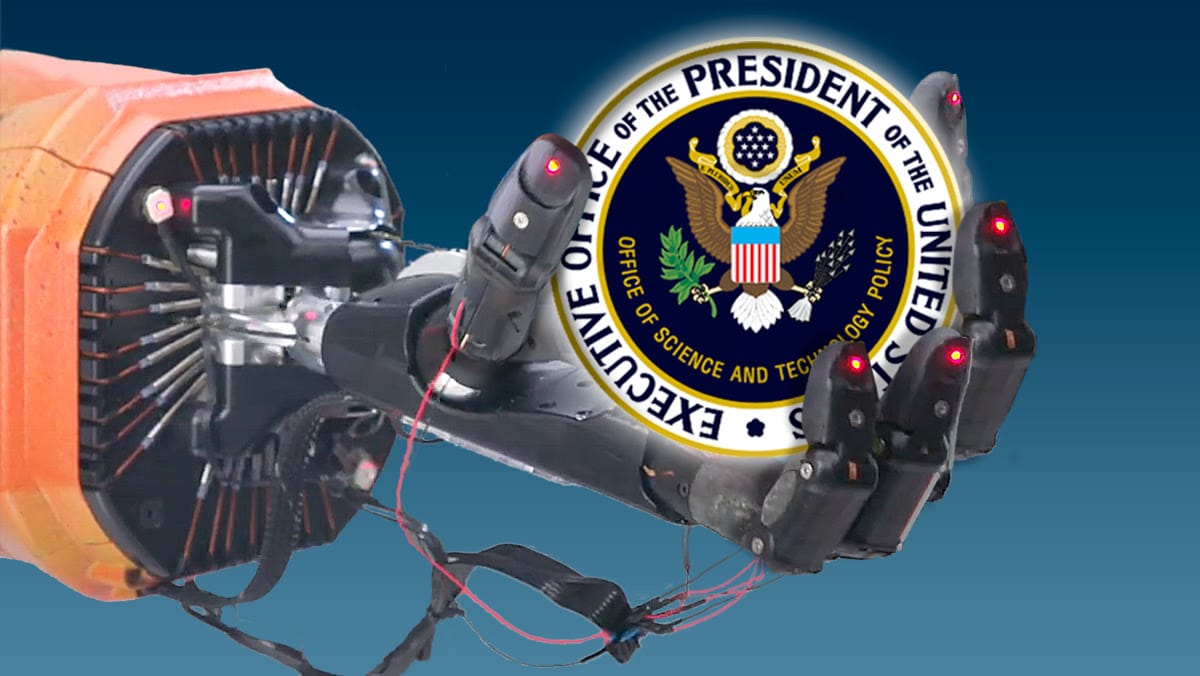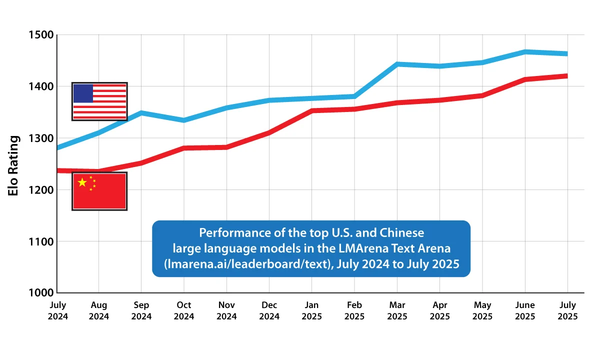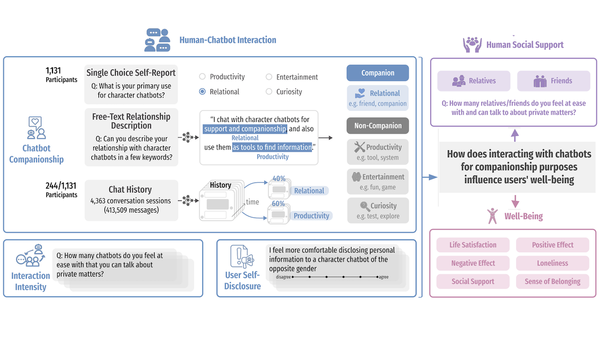White House Resets U.S. AI Policy: How the White House's Action Plan aims to build AI leadership, infrastructure, and innovation
President Trump set forth principles of an aggressive national AI policy, and he moved to implement them through an action plan and executive orders.

President Trump set forth principles of an aggressive national AI policy, and he moved to implement them through an action plan and executive orders.
What’s new: In “Winning the Race: America’s AI Action Plan,” the White House outlines a trio of near-term goals for AI in the United States: (i) stimulate innovation, (ii) build infrastructure, and (iii) establish global leadership. As initial steps in these directions, the president directed the federal government to (a) procure only “ideologically neutral” AI models, (b) accelerate permitting of data-center construction, and (c) promote exports of AI technology.
How it works: Rather than advocating for legislation or legal challenges, the plan focuses on actions the executive branch of government can take on its own. President Trump had ordered technology advisor Michael Kratsios, AI advisor David Sacks, and national security advisor Marco Rubio to make a plan to “sustain and enhance America’s global AI dominance” within days of starting his current term. Senior policy advisors Dean Ball and Sriram Krishnan, among others, also played key roles.
- Stimulate innovation: The plan would support open-source and open-weights software by boosting U.S. developers’ access to processing power and driving adoption of open models by small and medium-size businesses. It calls for the U.S. to build scientific datasets; invest in interpretability, control, robustness, and evaluations; and promote AI in defense applications. In addition, the federal government will support the development of AI skills in its funding of education and workforce training. Moreover, in a speech, Trump said he wants AI companies to be allowed to use copyrighted works freely to train models.
- Build AI Infrastructure: The plan aims to accelerate the building of data centers, semiconductor manufacturing plants, and energy infrastructure. To this end, the federal government will create exemptions to environmental laws, accelerate approvals, and make federal lands available.
- Strengthen global competitiveness: The plan provides for strengthening AI-related export controls, countering the influence of China, and promoting U.S. values in international agreements regarding sensitive technologies such as face recognition. The federal government will coordinate overseas sales of U.S.-made hardware, models, software tools, applications, and standards. To avoid subjecting U.S. companies to a variety of state laws, it will withhold funding from states that pass AI regulations the administration considers burdensome.
Behind the news: In contrast to President Trump’s emphasis on U.S. dominance in AI, the previous Biden administration focused on limiting perceived risks.
- In 2023, the Biden administration issued executive orders that required developers to notify government regulators when they built a model that would pose a risk to national security. It advocated legislation that aimed to protect user privacy and prevent AI from discriminating against protected groups.
- Biden limited exports of U.S. chips and chip-making technology to numerous countries, notably China but also U.S. allies such as India and Singapore. Trump similarly banned chip sales to China, but reversed course in mid-July and pledged to allow Nvidia and AMD to sell advanced chips to China.
Why it matters: The Trump administration’s action plan sets the stage for U.S. AI developers to do their best work and share their accomplishments with the world. It aims to avoid the European Union’s risk-averse regulatory approach and counter China’s rising power and influence in AI development. To those ends, it prioritizes a unified national AI policy, streamlines the building of infrastructure, facilitates distributing models and hardware abroad, supports the development of datasets and open-source models, and refrains from defining the arbitrary thresholds of theoretical risk.
We’re thinking: This plan is a positive step toward giving the U.S. the infrastructure, global reach, and freedom from bureaucratic burdens that it needs to continue — and possibly accelerate — the rapid pace of innovation. However, the executive order in support of models that are “objective and free from top-down ideological bias” is wrong-headed. The president complains that some AI models are “woke,” and he wants to discourage references to climate change, diversity, and misinformation. But putting those requirements into an executive order, even if it clears some roadblocks to AI development, risks emphasizing some of Trump’s own ideological preferences.




